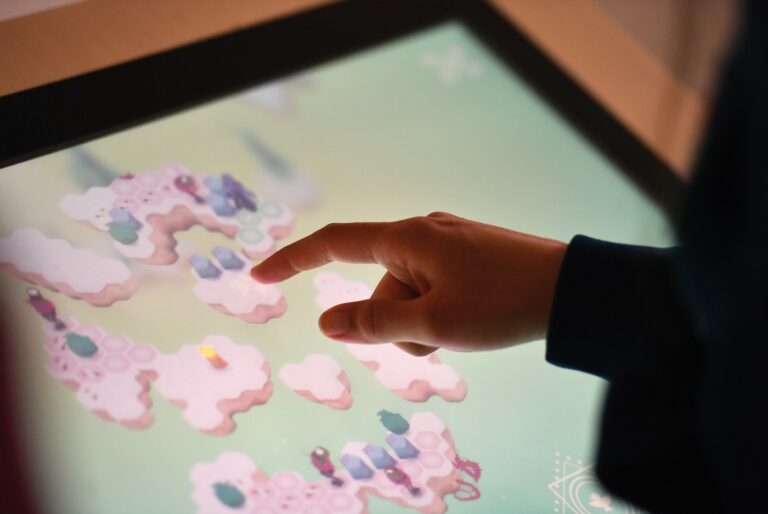
- Training Graphic Design
Becoming an Artistic Director is an exciting journey that blends creativity, leadership, and a deep understanding of the arts. Whether you like theater, film, design, or another creative field, this career allows you to shape your artistic visions and lead dynamic teams. But how do you get there? Do you need a Certification? How do you gain experience? Let’s break it down step by step.
What foes an Artistic Director do?
They set the artistic vision, manage creative teams, and ensure projects align with brand or organizational goals. Their responsibilities include:
- Developing artistic vision – Making sure projects align with creative and strategic goals.
- Managing teams – Leading designers, writers, and other creatives.
- Budgeting and scheduling – Allocating resources and ensuring deadlines are met.
- Approving designs – Refining visual content to maintain quality.
- Collaborating with stakeholders – Communicating with clients, producers, and executives.
To make this more concrete, here are just a few examples of the projects an Artistic Director is often entrusted with:
- Redesigning a website
- Creating a commercial brochure
- Packaging designing
- Creating a brand identity
- Developing a corporate video
Step by Step guide to becoming an Artistic Director
1. Pursue the right education
A Certification in Fine Arts, Theater, Film, or Graphic Design can provide a solid foundation, but experience and skills matter just as much. If you’re looking for a structured way to develop your creative and technical skills, consider programs like the Graphic Design course at ESMA Artistique. This type of education gives you experience and industry knowledge.
2. Gain hands on experience
Start small! Many Artistic Directors begin as assistant directors, designers, or producers. Take on freelance projects, internships, or even volunteer. The goal is to understand how creative teams work and gain real world experience.
3. Develop leadership & management skills
Being an Artistic Director isn’t just about having great ideas it’s about bringing those ideas to life with a team. Take on leadership roles in projects, manage budgets, and oversee deadlines. Leading a team successfully will set you apart.
4. Build a strong portfolio
Your portfolio is your visual resume. Showcase your best creative projects, campaigns, or productions. Include:
- Your most successful works
- Projects where you led a team
- Any campaigns that had a strong impact
Make your portfolio accessible online through a personal website or platforms like Behance or LinkedIn.
5. Stay updated & continue learning
The creative industry is always evolving. Stay ahead by taking online courses and workshops. Platforms like Yellowbrick and Coursera offer valuable insights into the business and creative aspects of the arts. Always be learning and adapting!
6. Network & find opportunities
Networking is key. Attend industry events, join professional organizations, and connect with peers. LinkedIn, creative forums, and mentorship programs can open doors to new opportunities and collaborations.
As you network, keep in mind that these opportunities can be found in different environments. An Artistic Director can work as a freelancer, in a communication agency, or in-house within a company. In many of these roles, you may be supported by a Project manager who handles administrative tasks (like quotes and invoices), freeing you to focus entirely on your creative craft.
Overcoming common challenges
I don’t have industry connections!
Start by attending networking events, joining online communities, and reaching out to mentors. Connections grow with time.
I don’t have a formal arts certification
Many successful Artistic Directors built their careers through experience and self-learning. Take online courses, attend workshops, and work on creative projects to build credibility.
How do I get my first leadership role?
Take initiative in your current role. Lead small projects, show leadership skills, and gradually take on bigger responsibilities.
Final Thoughts
Becoming an Artistic Director isn’t about following one strict path it’s about gaining experience, developing leadership skills, and refining your artistic vision. The key is to stay curious, keep learning, and actively pursue opportunities.





